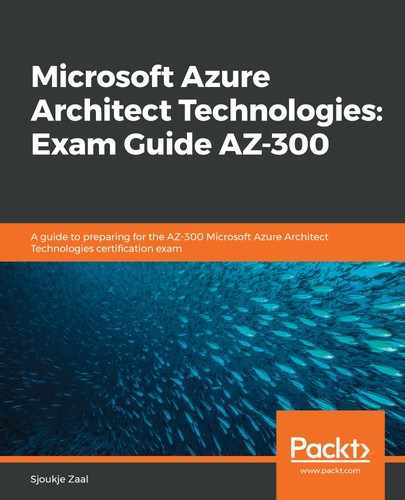Azure SQL Database managed instance provides a near-100% compatibility with the latest SQL Server on-premises (Enterprise edition) database engine. Azure will then handle all the updates and patches for your databases, like when using PaaS services. It also provides a native virtual network (VNet) implementation that addresses common security concerns.
This allows customers to easily lift and shift their on-premises SQL databases to Azure, with minimal database and application changes. Databases can be migrated using the Database Migration Service (DMS) in Azure to a completely isolated instance, with native VNet support. Because of the isolation, this instance offers high security for your databases.
A managed instance is available in two service tiers:
- General purpose: This tier offers normal performance and I/O latency for applications. It offers high-performance Azure Blob storage (up to 8 TB). The high availability is based on Azure Service Fabric and Azure Blob storage.
- Business critical: This tier is designed for applications with low I/O latency requirements. It also offers the minimal impact of underlying maintenance operations on the workload. It comes with SSD local storage e (up to 1 TB on Gen4, and up to 4 TB on Gen5). High availability is based on Azure Service Fabric and Always On availability groups. For read-only workloads and reporting, it also offers built-in additional read-only database replicas. For workloads with high-performance requirements, in-memory OLTP is used.
